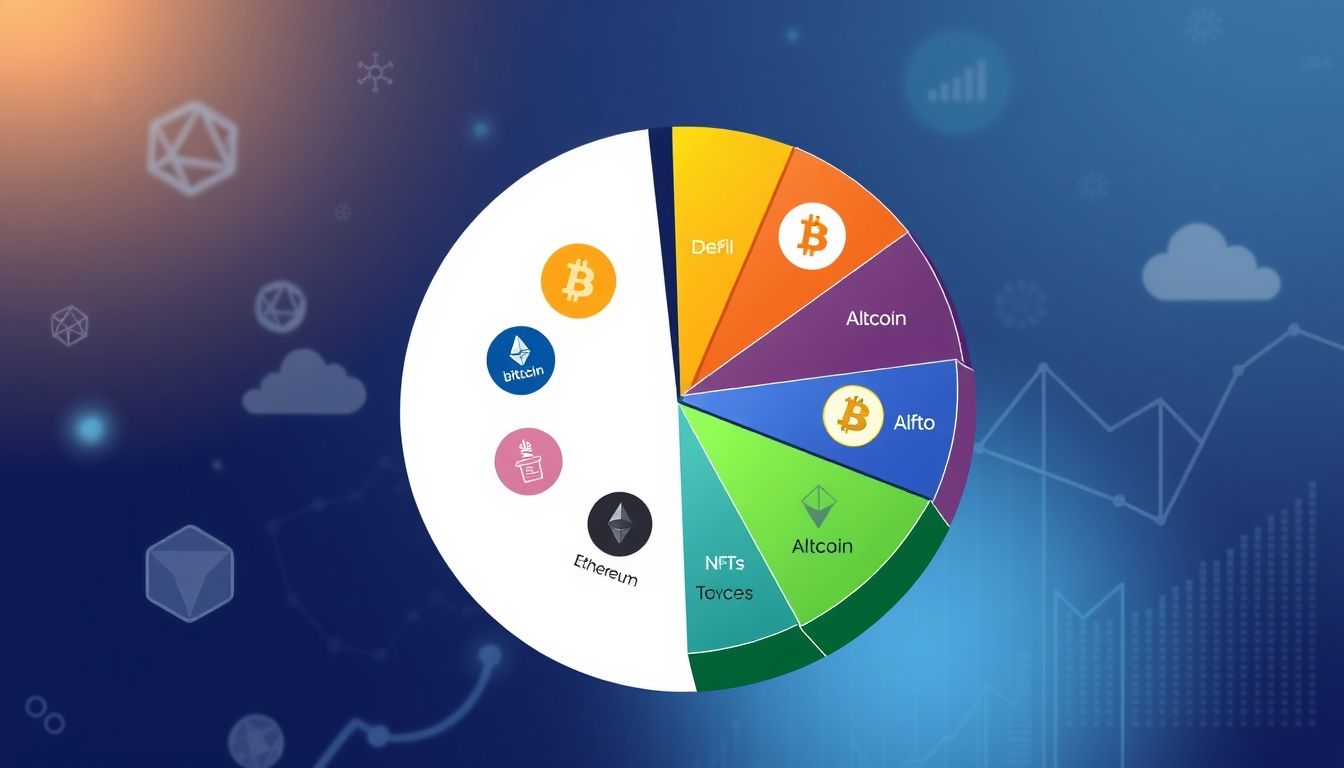Introduction: The Sentiment Analysis Revolution in the Cryptocurrency World
Cryptocurrency markets have experienced tremendous growth in recent years, leading to increased interest in them as investment assets. However, the volatility of these markets makes predicting their trends a challenging task. This is where sentiment analysis comes in, a technique that uses artificial intelligence to analyze the emotions and opinions expressed in texts and other data, with the aim of predicting price movements.
Chapter 1: What is Sentiment Analysis and How Does it Work?
Sentiment analysis, also known as opinion mining, is a branch of natural language processing (NLP) that focuses on identifying and extracting subjective emotions from texts. These emotions can be positive, negative, or neutral. In the context of cryptocurrency markets, sentiment analysis is used to analyze textual data from various sources, such as:
- Social Media: Twitter, Facebook, Reddit, and others.
- News Articles: Financial news websites, blogs, and others.
- Cryptocurrency Forums: Bitcointalk, Reddit's r/Bitcoin, and others.
- Analyst Reports: Reports from financial research firms.
Sentiment analysis typically works by using machine learning algorithms that have been trained on large datasets of labeled texts. These algorithms analyze the text to identify words and phrases that indicate specific emotions. These emotions are then aggregated to determine the overall sentiment towards a particular cryptocurrency.
Chapter 2: The Importance of Sentiment Analysis in Cryptocurrency Markets
Cryptocurrency markets are highly sensitive to public sentiment. Positive or negative news often leads to significant price fluctuations. Sentiment analysis can help investors understand these sentiments and make more informed investment decisions. For example:
- If there is a lot of positive sentiment about a particular cryptocurrency, it may be a sign that the price will rise.
- If there is a lot of negative sentiment, it may be a sign that the price will fall.
In addition, sentiment analysis can be used to identify emerging trends in the market. For example, if a large number of people start talking positively about a new cryptocurrency, it may be a sign that it will become popular.
Chapter 3: Tools and Technologies Used in Sentiment Analysis
There are many different tools and technologies that can be used to analyze sentiment in cryptocurrency markets. Some of the most common tools include:
- Natural Language Processing (NLP) Libraries: NLTK, SpaCy, and others.
- Cloud-Based Sentiment Analysis Services: Google Cloud Natural Language API, Amazon Comprehend, Microsoft Azure Text Analytics, and others.
- Data Analysis Platforms: Tableau, Power BI, and others.
In addition, there are many companies that offer specialized sentiment analysis services for cryptocurrency markets. These companies typically use more complex algorithms and larger datasets than publicly available tools.
Chapter 4: Practical Examples: How Investors Use Sentiment Analysis
Investors use sentiment analysis in several different ways to make investment decisions. Some examples include:
- Identifying Buy and Sell Opportunities: Investors can use sentiment analysis to identify cryptocurrencies that are likely to rise or fall in price.
- Managing Risk: Investors can use sentiment analysis to identify potential risks in the market.
- Developing Trading Strategies: Investors can use sentiment analysis to develop more effective trading strategies.
For example, an investor might analyze sentiment on Twitter to determine if there is a lot of positive talk about Bitcoin. If so, they might decide to buy Bitcoin in the hope that its price will rise.
Chapter 5: Challenges and Limitations in Sentiment Analysis
Despite the many benefits of sentiment analysis, it is not without its challenges and limitations. Some of the main challenges include:
- Data Accuracy: The accuracy of sentiment analysis depends on the quality of the data used. If the data is inaccurate or biased, the results of the analysis may be unreliable.
- Linguistic Complexity: Understanding human language can be very complex, especially in the context of cryptocurrency markets, where a lot of slang and abbreviations are used.
- Sentiment Manipulation: Public sentiment can be manipulated by spreading false or misleading information.
It is important for investors to be aware of these challenges and limitations when using sentiment analysis to make investment decisions.
Chapter 6: Case Study: The Impact of Elon Musk's Tweets on Cryptocurrency Prices
Elon Musk's tweets are a powerful example of how public sentiment can affect cryptocurrency prices. His tweets about specific cryptocurrencies, such as Dogecoin, often lead to significant price fluctuations. Sentiment analysis can be used to analyze the impact of these tweets on market sentiment and predict potential price movements.
For example, if Elon Musk tweets something positive about Dogecoin, its price is likely to rise. Conversely, if he tweets something negative, its price is likely to fall.
Chapter 7: The Future of Sentiment Analysis in Investing
Sentiment analysis is expected to play an increasingly important role in the world of investing in the future. As artificial intelligence continues to evolve, sentiment analysis tools will become more accurate and powerful. This will empower investors to make more informed investment decisions and achieve higher returns.
In addition, sentiment analysis is expected to be used in other areas of finance, such as risk management and fraud detection.
Chapter 8: Tips for Investors: How to Use Sentiment Analysis Effectively?
Here are some tips for investors who want to use sentiment analysis effectively:
- Use Multiple Data Sources: Don't rely on just one data source. Use a variety of sources, such as social media, news articles, and analyst reports.
- Be Aware of the Challenges and Limitations: Be aware of the challenges and limitations mentioned earlier.
- Use Sentiment Analysis as Part of a Comprehensive Investment Strategy: Don't rely on sentiment analysis alone to make investment decisions. Use it as part of a comprehensive investment strategy that also includes fundamental analysis and technical analysis.
- Stay Up-to-Date: Sentiment analysis technologies are constantly evolving. Stay up-to-date with the latest developments in this field.
Chapter 9: Examples from the Arab Market: Does Sentiment Analysis Differ?
Sentiment analysis dynamics in the Arab market differ from global markets due to cultural, linguistic, and social factors. For example, local dialects and cultural expressions can be challenging for standard sentiment analysis algorithms. Additionally, Arabic social media may be a primary platform for expressing sentiments about cryptocurrencies, requiring specialized sentiment analysis tools tailored to the Arabic language.
Some startups in the region are investing in developing sentiment analysis solutions that consider these unique characteristics of the Arab market.
Chapter 10: Conclusion: Sentiment Analysis as a Powerful Tool for Investors
Sentiment analysis is a powerful tool that investors can use to make more informed investment decisions in cryptocurrency markets. However, it is important for investors to be aware of the challenges and limitations associated with this technology and to use it as part of a comprehensive investment strategy.
Disclaimer: This article is for informational purposes only and does not constitute investment advice. Investors should always conduct their own research before making any investment decisions.




